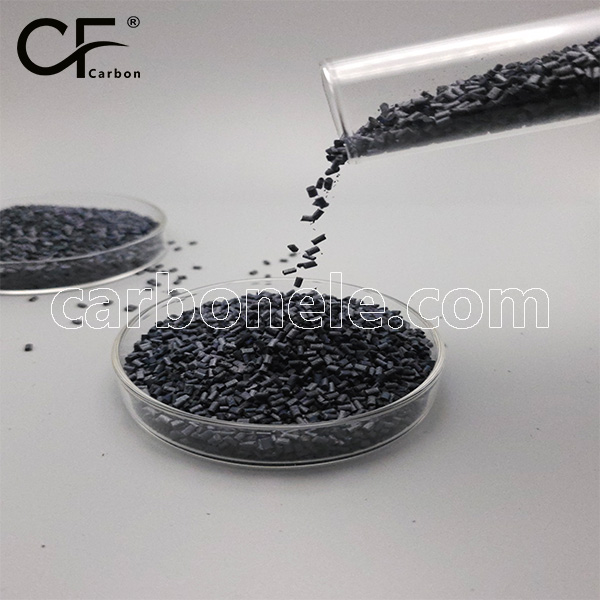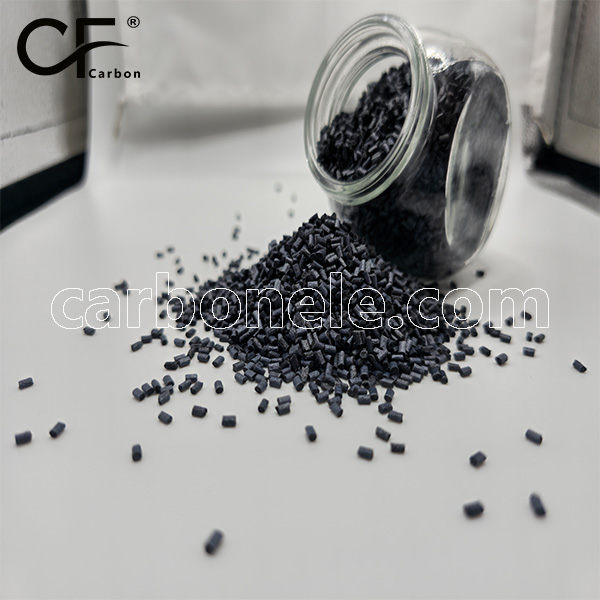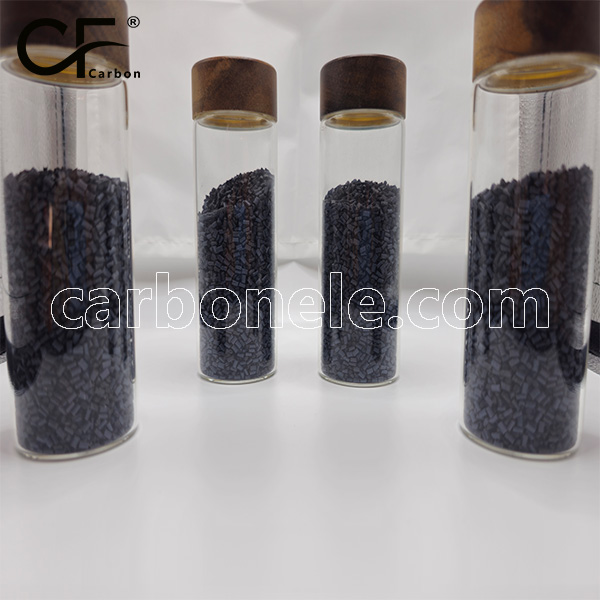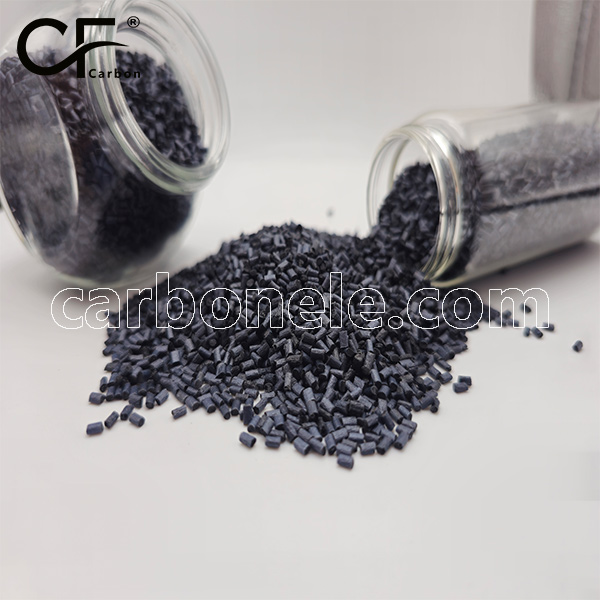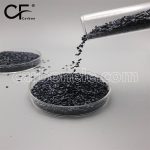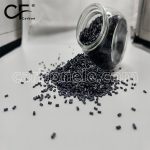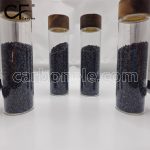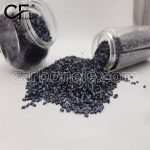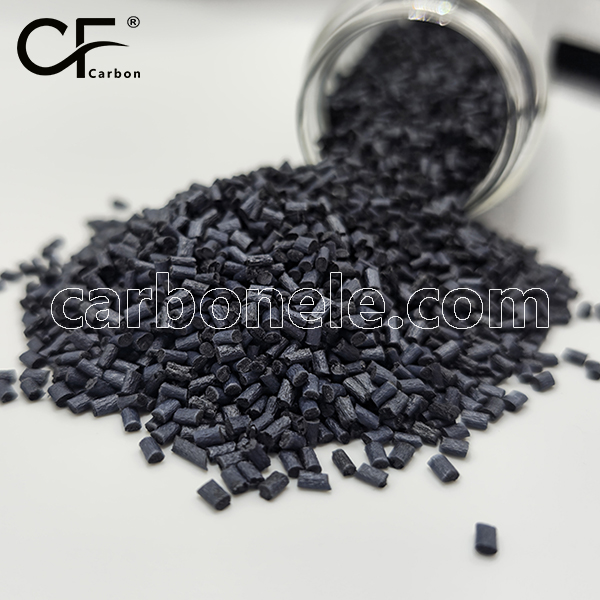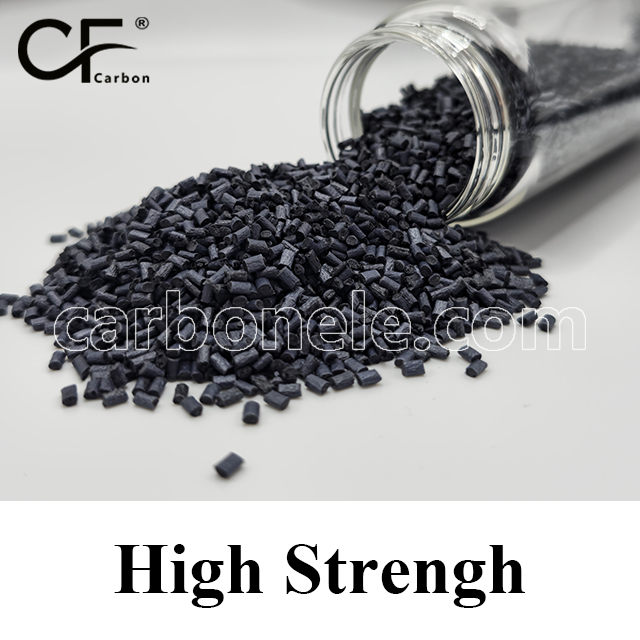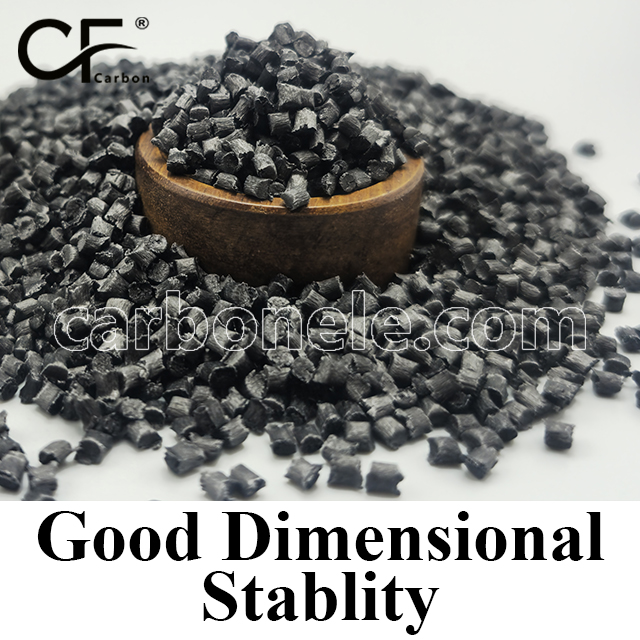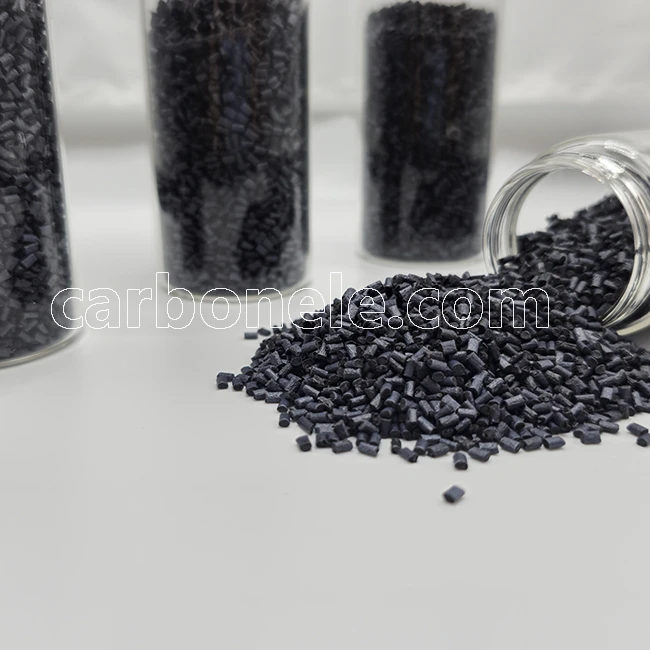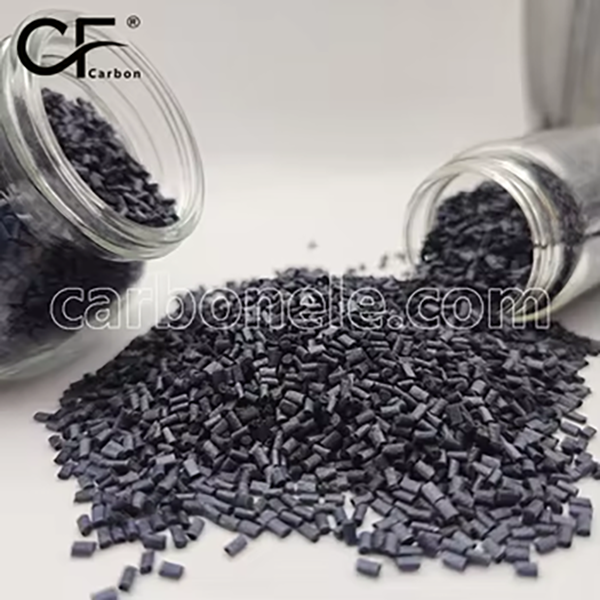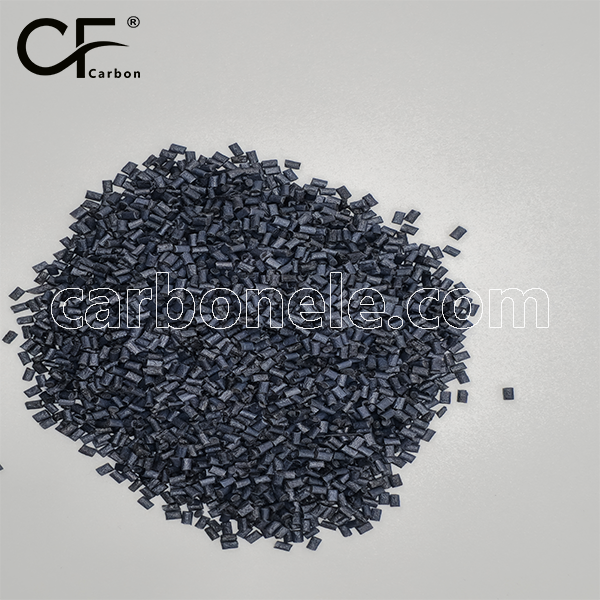
PPS CF Based Granules for Additive Manufacturing
PPS-CF-30 is an advanced high-performance composite material that integrates PPS polymer with 30% carbon fiber reinforcement, boasting outstanding mechanical strength and thermal stability:
*160MPa tensile strength (nearly 3 times higher than pure PPS)
*15GPa flexural modulus, making it ideal for high-stress structural applications
*260°C HDT (over 40% improvement in heat resistance compared to standard PPS)
- Model number: PPS-CF
- Matrix Resin: Polyphenylene Sulfide (PPS)
- Appearance: Granules
- Color: Black
- Packaging: 25kgs/bag
PPS CF: Material Composition & Key Features
PPS CF is an advanced pellet composite designed for Fused Granulate Fabrication (FGF) 3D printing, combining polyphenylene sulfide (PPS) with carbon fiber reinforcement. This high-performance material delivers superior mechanical properties, including tensile strength exceeding 100 MPa and a flexural modulus of 8+ GPa, significantly outperforming standard PPS. Its optimized 2-4mm granular form ensures excellent flowability for high-speed extrusion processes.
PPS CF: Performance Advantages & Industrial Applications
With its high carbon fiber content, PPS CF offers critical benefits such as ultra-low shrinkage (<0.2%) and an exceptional heat deflection temperature (HDT) above 220°C. Combined with extrusion rates of up to 1.5 kg/h, this makes PPS CF the ideal choice for demanding applications, including aerospace components, automotive functional parts, and industrial tooling, where thermal stability, lightweighting, and structural strength are essential.
What is the composition of PPS CF?
PPS CF is an advanced engineering thermoplastic composite based on polyphenylene sulfide (PPS) polymer reinforced with carbon fibers. This high-performance material offers an excellent balance of mechanical strength and thermal stability, with a typical density of 1.6g/cm³. Its superior heat resistance (continuous use up to 220°C) and chemical inertness make it particularly suitable for demanding applications in aerospace, automotive, and industrial components where durability under extreme conditions is critical.
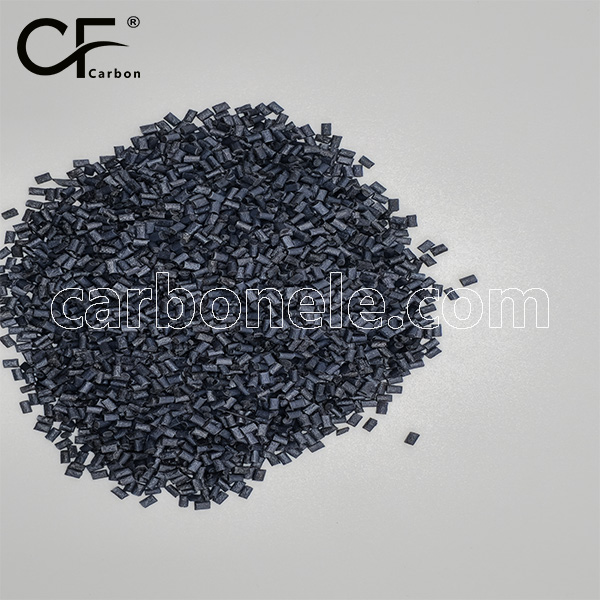


Frequently Asked Questions
Carbon (Xiamen) New Material Co., Ltd. aims to provide buyers with "one-stop" worry-free high-quality services. Here you can find all information about carbon fiber engineering plastics. If you still have questions, please send us an email for consultation!
-
How can I contact the manufacturer of a product that interests me?
When you find a product you are interested in, you can contact the manufacturer directly by sending an email and we will get back to you as soon as possible.
-
How do I find the products that interest me?
All you need to do is enter the keyword, product name in the search window and press the Enter key on your keyboard. Your search results page will then be displayed. You can also search within the product category pages on the home page. Each category is divided into subcategories, allowing you to refine your search and find products that interest you.
-
Where will I find a buying guide?
Please contact our after-sales service directly and we will provide you with a comprehensive operating guide.
-
What are CF Reinforced Thermoplastic Composites?
CF Reinforced Thermoplastic Composites are materials where carbon fibers are incorporated into a thermoplastic matrix. They combine the strength and stiffness of carbon fibers with the processability and recyclability of thermoplastics. For instance, they are used in automotive parts like bumper beams.
-
What are the benefits of CF Reinforced Thermoplastic Composites over traditional composites?
The key benefits include faster production cycles, easier recyclability, and better impact resistance. They also offer design flexibility. An example is in the manufacturing of consumer electronics casings where complex shapes can be achieved more easily.
-
How are CF Reinforced Thermoplastic Composites processed?
Common processing methods include injection molding, extrusion, and compression molding. Injection molding is widely used for mass production. For example, in the production of small components for the medical industry.
-
What industries use CF Reinforced Thermoplastic Composites?
They are utilized in aerospace, automotive, medical, and sports equipment industries. In aerospace, they can be found in interior components. In the medical field, they might be used in prosthetics.
-
How does the carbon fiber content affect the properties of the composites?
Higher carbon fiber content generally leads to increased strength and stiffness but may reduce ductility. A moderate content is often balanced for specific applications. For example, a higher content might be preferred in structural parts of a race car.
-
What are the challenges in using CF Reinforced Thermoplastic Composites?
Challenges include higher material costs, complex processing equipment requirements, and ensuring uniform fiber dispersion. Issues with adhesion between the fibers and the matrix can also arise. An example is in achieving consistent quality in large-scale production.







